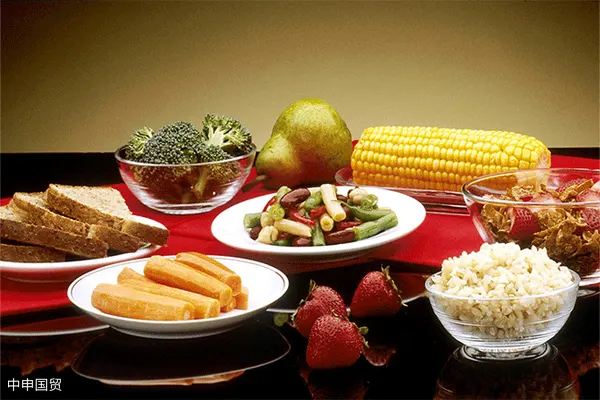- Shanghai Zhongshen International Trade Co., Ltd. - Two decades of trade agency expertise.
- Service Hotline: 139 1787 2118
Following the General Administration of Customs announcement on the Suspension of Imported Japanese Aquatic Products, Chinas supervision of Japanese food imports has become increasingly stringent, especially for non-aquatic products. In September, Japans food exports to China dropped sharply by 58%. Against this backdrop of heightened regulation, food importers face new compliance challenges. This article aims to provide key points on food import compliance to help businesses address these challenges.

Key aspects of procurement screening
1. The white list for access to specific foods
Prohibitions, Restrictions, and Inspection/Quarantine Requirements
Registration of Overseas Manufacturers andimport and exportAgent/Importer Record Filing
Establishing procurement screening systems and emergency measures
Establishment of Procurement Screening System
Comprehensive Risk Identification
Emergency Preparedness
Supply Chain Management and Product Traceability
Food importers face an evolving regulatory environment, especially under current customs restrictions on certain countries food products. Through effective procurement screening, comprehensive risk identification, and emergency preparedness, businesses can mitigate compliance risks while ensuring long-term sustainable development.
Related Recommendations
Category case
Get in Touch
Email: service@sh-zhongshen.com
Related Recommendations
Contact via WeChat

? 2025. All Rights Reserved. Shanghai ICP No. 2023007705-2  PSB Record: Shanghai No.31011502009912
PSB Record: Shanghai No.31011502009912









